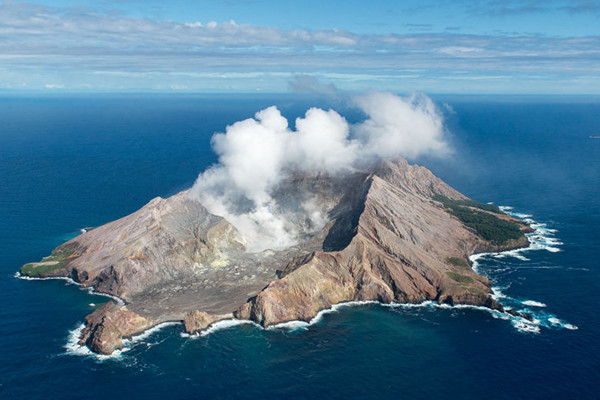‘No way to escape’: Tourists shouldn’t have been allowed on ‘dangerous’ White Island

A leading volcano expert says tourists shouldn’t have been allowed to visit White Island due to the dangerous level of volcanic activity.
It’s believed three Australians are among the five people confirmed dead and another eight are unaccounted for after the White Island volcano disaster in New Zealand.
Of the 47 people who were on the island at the time, 24 were Australians – aged between 17 and 72 – travelling on the Ovation of the Seas cruise ship.
The warning level for the volcanic activity on the island increased from two to three, out of five, in recent weeks, but tourists were still allowed to visit the island.
Emeritus Professor Ray Cas tells Steve Price he’s always considered it too unsafe for visitors.
“I’ve been there two times and it’s always occurred to me that given its overall context that this is a dangerous place to allow the public to visit,” says the volcano expert.
“It has no emergency services immediately available.
“The tourists walk into this amphitheatre-like crater with a lot of hot steaming pools, gas vents, and there is no way to escape if there happens to be an incident.”
Click PLAY below to hear the full interview
Associate Professor Heather Handley, an expert in earth and planetary science at Macquarie University, tells Deborah Knight it can be hard to predict an eruption of this kind.
“This one is actually driven by gas or steam, so it’s not driven by actual molten rock coming up.
“That’s what makes these types of eruptions a little bit harder to actually predict. They could tell that there were definitely increasing signs of activity… but if it will turn into a larger scale eruption is always hard to determine.”
Click PLAY below to hear the full interview
RELATED
Image: Getty/Phil Yeo



